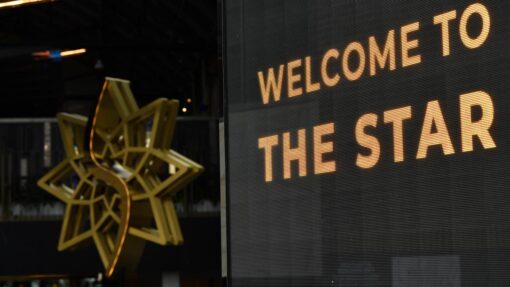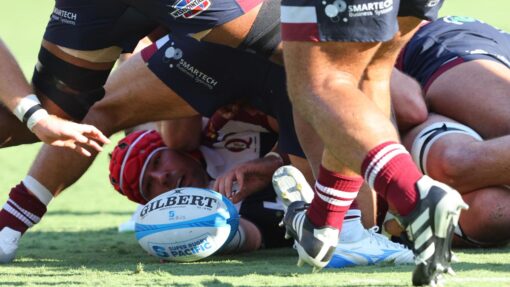Event managers told to stay out of nature refuges
Tracey Ferrier |

Pulsating sound and light shows that attract paying customers like moths to a flame have no place in Australia’s nature refuges, scientists say.
The rise of outdoor spectacles in locations that are supposed to be safe havens for wildlife has alarmed experts, who are calling on event managers to back off.
The issue has been in sharp focus in Victoria recently, with concerned locals fighting hard to keep Harry Potter: A Forbidden Forest Experience out of The Briars – a council-run sanctuary on the Mornington Peninsula.
More than 20,000 people have signed a petition objecting to a six-week run of the show, saying it will have terrible impacts on the native species that call it home, including wallabies, koalas, gliders and powerful owls.
And it seems like they might be winning, with the Mornington Peninsula Shire Council re-evaluating plans to host the Warner Bros event there.
A group of concerned scientists from the Biodiversity Council is backing them in and demanding a national rethink on the issue.
They point to other events like the MacDonnell Ranges Light Show, which is part of the 10-night Parrtjima light festival in the Northern Territory’s Alice Springs Desert Park.
The show sees vibrant images beamed onto a 2km expanse of cliffside as music booms into the night sky, in the general vicinity of a host of nocturnal and other species, including the vulnerable black-footed rock wallaby.
The Biodiversity Council is an expert group founded by 11 Australian universities and says it’s time for that sort of madness to end.
They say large, outdoor shows can still go on, but not in locations set aside for nature.
Deakin University wildlife ecologist Euan Ritchie says people would be up in arms if a loud event, involving thousands of people, moved in on their homes in suburbia and it’s no different for the animals.
The professor says it hurts their ability to find food, detect and evade predators, communicate with each other, find mates, and even risks physical harm like eye damage from high density lasers.
Lasting impacts include stress, which can increase vulnerability to disease, and even permanent displacement.
Powerful owls like the pair that roost at The Briars might take off and on the Mornington Peninsula, where development has resulted in large-scale habitat loss, finding new digs may not be easy.
“No one is saying don’t have these kinds of spectacles anywhere. But if we are going to have them, we should certainly not put them in high value biodiversity and conservation reserves,” the Biodiversity Council member says.
“These areas were not set up as entertainment venues and commercial interests should not trump biodiversity and conservation values.”
He suggests event managers confine themselves to outdoor arenas and areas with low biodiversity values.
AAP has sought comment from Warner Bros. The Mornington Peninsula Shire Council declined to provide further comment.
The Parrtjima festival said organisers had, since the event’s inception, worked with experts at Alice Springs Desert Park, including “specialist zoologists responsible for the welfare of animals in and around the festival site, to confirm it is low-risk to wildlife”.
AAP


